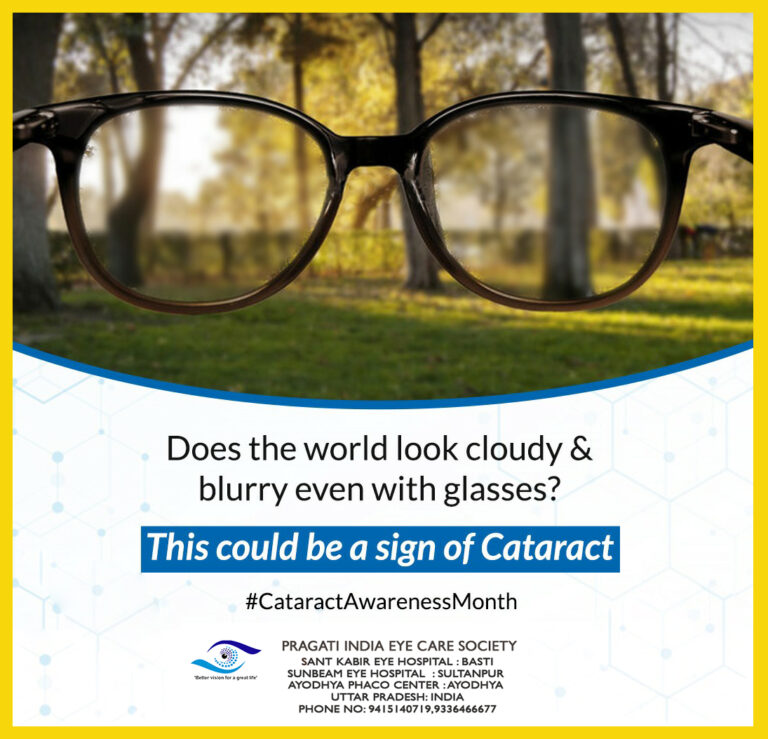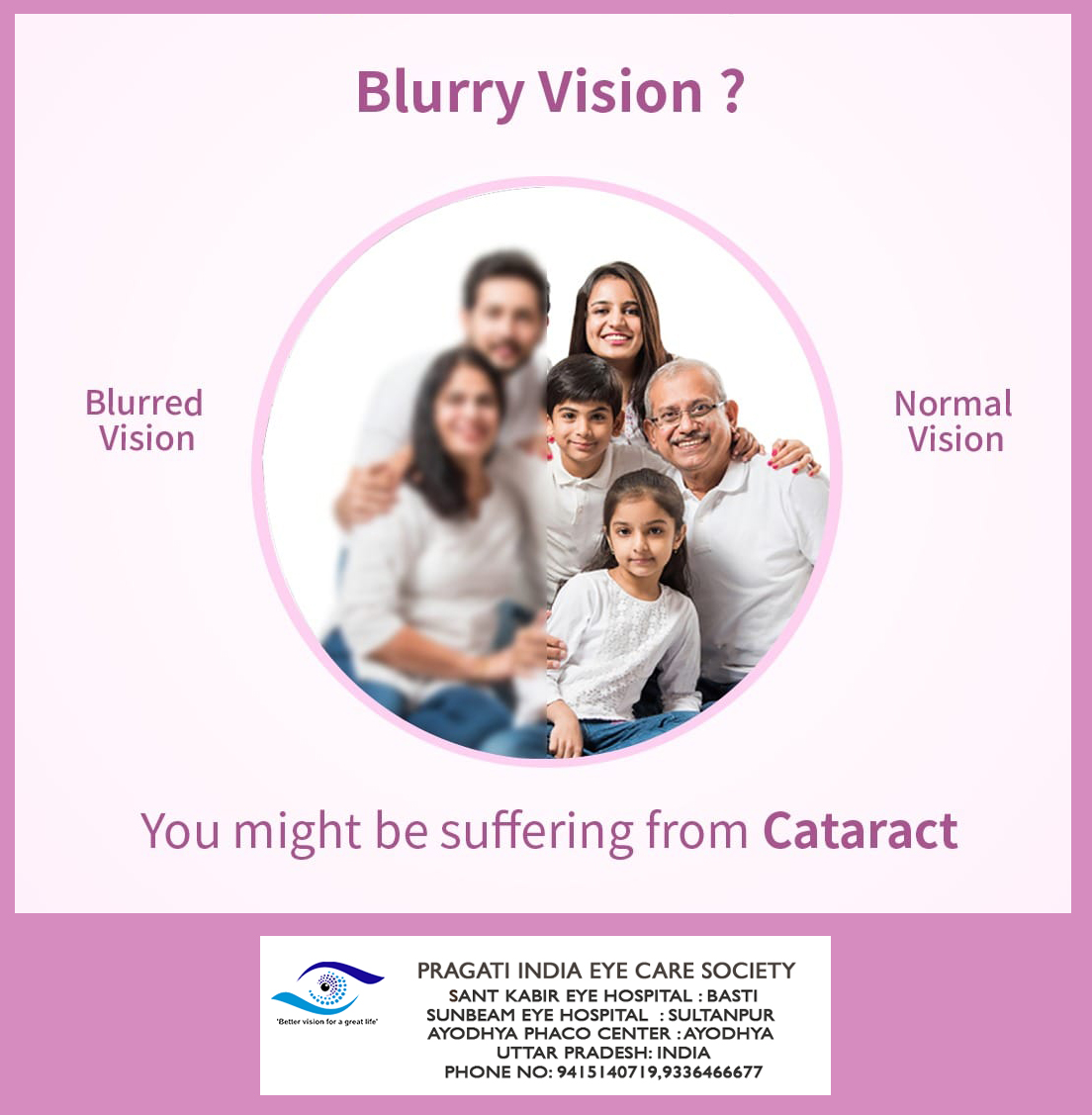
When you develop cataracts, there are several symptoms that may appear, but in early stages, these may be irregular, mildly annoying, or mimic an existing condition like a refractive error. Most cataracts develop slowly, so the symptoms may progress in ways that you get used to easily. If you do not get regular eye exams so an optometrist or ophthalmologist can keep track of your vision changes, then you may experience serious symptoms before you get appropriate treatment.
It is important to know signs of a developing cataract and what they look like, so you can ask questions and get help from eye doctors who can diagnose your symptoms appropriately. The most reported symptoms of cataracts include:
- Blurry or hazy vision. You may develop a general haze in your vision or objects become blurrier. If you have a refractive error like myopia (nearsightedness) already, this development may seem like a progression of your existing eye condition, requiring new glasses or contact lenses. You may feel like you constantly have dirty glasses or contact lenses, and you can never get completely clear vision with visual aids. You may not even notice this change at first until the cataract progresses enough that you cannot see clearly even with corrective wear. You may feel like you are walking around in fog.
- Spots of fuzziness in vision. You may feel like you cannot get your glasses or contact lenses clean, or you may not be able to blink the spot away like when you have a small foreign object in your eye. This could obscure your vision in ways that are hardly noticeable in the very early stages, maybe leading to a blind spot or difficulty seeing things when they are in certain areas of your vision.
- Dimness requiring more light for tasks. If the cataract darkens the lens of the eye rather than clouding or obscuring it, you may start to need more light to perform tasks, especially at dawn, dusk, or night. When you are indoors, you may need a brighter screen on your electronics or a brighter light to read and write. As the cataract progresses, using more light will not help you see better, but in the early stages, turning up the brightness or turning on more lights may not seem like a problem.
- Reduced intensity or yellowing of colors. Colors may seem dimmer or more yellow, like the world is turning into a sepia-tone photograph. This is not likely to be noticeable for a long time, especially if there are no other vision problems associated with it.
- Increased sensitivity to light. If you find yourself squinting in sunlight, at overhead lights, or at the light coming from electronic devices, you may be developing cataracts. It is hard to know that this sensitivity is a cataract versus another eye condition, like glaucoma, because it is a symptom associated with several conditions. At first, this symptom may mean you wear sunglasses more often, which is actually good for your eyes; however, it may also mean you have more difficulty seeing at night, especially when driving, because headlights can be excessively bright.
- Glares or halos around lights.This may be associated with overall fogging or fuzziness in your vision, or it may be a symptom on its own. Like many of the early stages of other listed symptoms, this one may feel like your contact lens are dirty or old, or you have smudges on your glasses that you cannot clean off. As it progresses, you may have other symptoms, including more difficulty seeing in general and serious difficulty seeing at night.
- Change in your refractive error. Refractive errors are problems with the shape of your lens, leading to issues refracting light onto the retina. These include nearsightedness (myopia), farsightedness (hyperopia or, when caused by aging, presbyopia), and astigmatism. If you have these errors, they will progress over time, so you will need updates to your glasses and contact lenses consistently. However, if your vision starts getting worse very quickly, and you need a lot of adjustment to your corrective wear over one year, there may be an underlying cause, including a cataract.In some cases, your refractive error may get better temporarily before the cataract progresses. While this may seem like a sudden boon, your optometrist or ophthalmologist will want to know why this occurred. It may lead to them to diagnose an early stage cataract.
- Double vision in one eye. Like other symptoms, this may not be noticeable in its early stages, especially if you are already farsighted and have trouble focusing on objects close to your face. While double vision in both eyes is a symptom of many eye conditions, if you close one eye and still see double or multiple images in one eye, you likely have a problem in the lens of your eye leading to serious issues refracting light, and your brain is processing a poorly transmitted image
The majority of cataracts are related to ageing, cataracts are some times seen in babies. This type of cataract is called congenital cataract. Cataracts may also develop as a result of other diseases such as diabetes or trauma to the eye.

